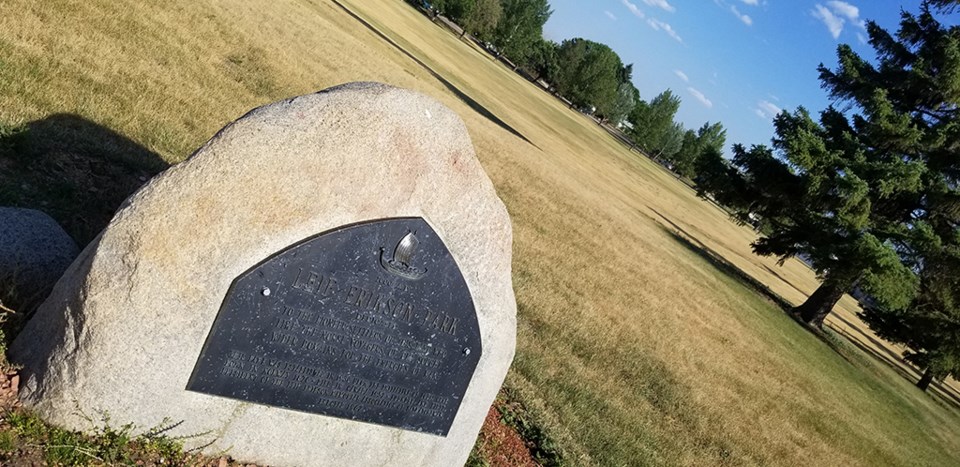The City of Saskatoon is going to start the removal of an infected tree after one case of Dutch elm disease was reported in one of the samples taken at the Leif Erickson Park in Westmount. Personnel from the Urban Biological Services sent the tree’s sample was sent to the provincial lab and the result turned out to be positive, which is the third DED case in the city since 2015.
The city’s response plan requires the immediate removal of the positive trees, which will begin on Tuesday to avoid the spread of the disease. The city will continue monitoring the other trees in nearby areas and will get samples for further testing. It is expected that further removals could occur in the coming days if more positive tests come out.
“This discovery of Dutch elm disease demonstrates that our ongoing surveillance and screening procedures work. Our response plan has been effective in ensuring we identify diseased trees early on, limiting the spread of the disease through rapid removal,” said City of Saskatoon Parks Director Darren Crilly.
“Unfortunately, because Saskatoon is isolated from other elm forests, our healthy trees get DED because people bring in and store wood from other areas that have beetles that spread the infection. This is why no one should do this – it will kill our much-loved elms.”
Entomologist Sydney Worthy added that 25 per cent of the trees in the city are American elm, which is why DED should be taken seriously.
“The disease was introduced into North America in the 1930s and has since spread mainly through the transport of firewood and lumber. It has wiped out millions of elms across Canada and the United States and has been present in Saskatchewan since the 1980s. Saskatoon had a reposted case in September last year.”
The infected trees, once removed from the park or any area within the city, will be disposed of at the city landfill while samples will also be taken from all the other trees near the one that tested positive. City personnel will continue monitoring and testing private and public trees within the area to see if there are other sources of the infection.
Elm bark beetles usually transmit the disease, carrying the virus when they go to another tree therefore spreading the infection. Root grafts between trees, and pruning tools used on an infected tree С����Ƶ used again are the other ways to spread the disease. DEM, transmitted by elm bark beetles and tree to tree root grafts, is caused by two related species of fungi that block water movement from the tree, leading to its death. All species of elm trees are known to be prone to infection.
��
The city is advising residents not to prune elm trees from April 1 to Aug. 31, which is the pruning ban issued by the province, and at the same time not store or transport elm as firewood, also against regulations set by the provincial government. The city is also asking residents not to dispose of elm wood at the landfill.
A total of 71 infraction notices have been issued by the city’s parks inspectors, 46 for violations in using elm as firewood. They have also removed more than 13 tonnes of elm wood from private properties while inspectors where elm wood was moved from another place that has elm bark beetles.
It is not yet known if any trees at the nearby Scott and Westmount parks are also infected by DEM.




